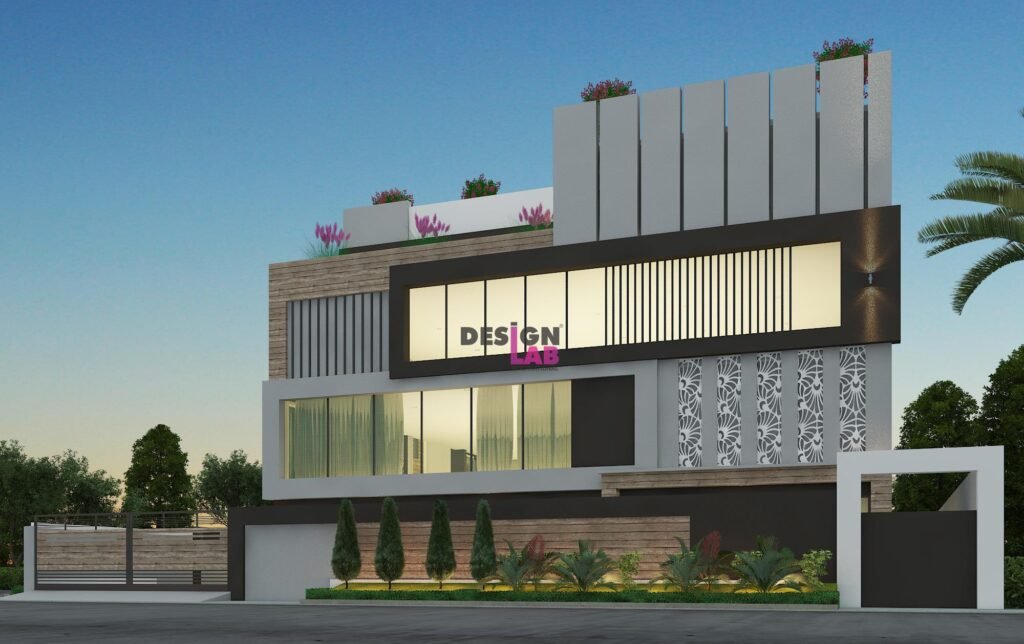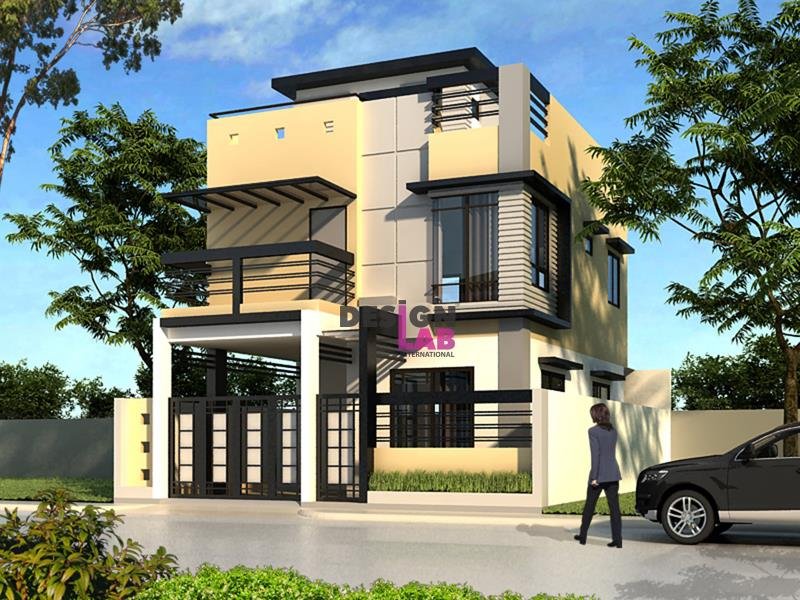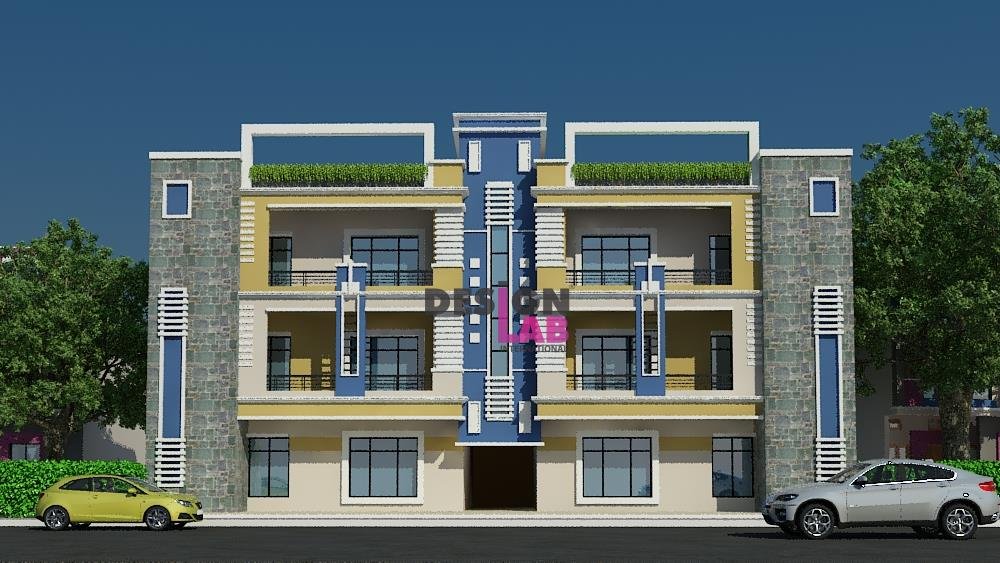 3D Architectural Rendering Services | Interior Design Styles
3D Architectural Rendering Services | Interior Design Styles
 3D Architectural Rendering Services | Interior Design Styles
3D Architectural Rendering Services | Interior Design Styles

dream house modern house designs pictures gallery
9 important elements of contemporary architecture design

beautiful dream house images
Houses inspired by modern design are typical the rage right now. Watch any home renovation show and you’ll see everyone requesting some of the key characteristics of this style—open, flowing spaces, clean lines, and an abundance of natural light. Despite what the title suggests, contemporary architecture is a throwback to ‘50s and ‘60s design. The new aesthetic that emerged during that era, inspired by the Global and Bauhaus movements, place emphasis that is heavy both form and function and blurring the line between your indoors and outdoors.

simple dream house pictures
As an effect, contemporary design is both flexible and practical. The awareness that is growing sustainability has developed even more buzz for modern architecture as well as its eco-friendly building standards. You can expect to notice the trend toward open floor plans, larger windows, less ornamentation, and clean, simple lines while you glance at houses on the market.

indian dream house images
The traits of modern design
Modern architecture (and architecture that is contemporary which shares a very similar aesthetic with evolving upgrades according to what is trendy at as soon as) relies heavily on simplicity, livability, and the concept that “form follows function.” Here are nine key characteristics of contemporary houses:
Clean lines and curves
Linear masses with little ornamentation
Interesting rooflines and asymmetry
Using light that is natural large windows and skylights
Innovative and building that is eco-friendly
Expansive interiors and floor that is open
Technology and energy-efficiency integration
Sprawling, single-story layouts
Integration of interior and room that is exterior
A brief history that is brief of architecture
Contemporary design elements emerged through the movement toward less formality in all aspects of life through the home that is‘40s—at socially, plus in the workplace. Rigid types, traditional criteria, and old-fashioned style dictates were replaced by freer, more phrase that is natural. Today, this style that is mid-century returning complete force, with people abandoning the cookie cutter suburban tract homes and developments that became popular within the ‘80s. The millennium that is brand new seen even more of a change to self reliance and individualism, as well as the “not therefore big house” motion is another example of designers addressing a importance of housing that makes sense rather than makes a declaration.

dream house design images
The modern home evolved into more of your own environment as costs continue steadily to rise for new construction. Unique occasion areas were abandoned in benefit of multipurpose spaces. Rather than defined spaces like parlors, sitting rooms, and dining rooms, home owners prefer entertaining and area that is residing, “bonus” rooms, and even more informality. Although split media rooms and home offices have emerged with new importance, they are flexible enough to serve other needs on event. Regardless of what function each room serves, open, flowing spaces are the norm.

simple modern dream house
New living styles that embody this flexibility—co-housing, live-work spaces, sustainable communities, off-grid options, and zero-impact living—have added a contemporary impact to modern design that is spatial. Environmental and power concerns have had a direct effect that is enormous building materials and building codes. Today, passive and active systems for heating and cooling; sustainable water collection, distribution, and purification; eco-friendly technology; and merging indoor and outdoor spaces are a whole lot larger facets in contemporary architecture.
Using technology to build sustainability that is practical
Contemporary designers are adopting the philosophy that technology points the genuine means to a better future, and that the future must be sustainable. Consequently, the take that is modern modern designs trend toward living spaces that utilize tech to create flexible, adaptable, and healthy homes.
“Smart homes,” designed with energy and devices—from that is time-saving doorbells to smart refrigerators—are becoming the norm. Today’s property owners have the ability to monitor and control atmosphere as well as heat conditioning systems from afar, to turn lights on or off, begin the oven, adjust the sprinkler system, “see” the condition of the property, and call for assistance if necessary.
Integrating elements of contemporary style in contemporary homes
While modern architecture is technically architecture that incorporates whatever the trends are today, current style that is contemporary greatly from mid-century modern and modern looks. Mid-century modern design, characterized by low profiles, asymmetric lines, geometric shapes, and retro Scandinavian and European design influences, is making a comeback that is big. Regardless of this style growing over 80 years ago, its simplicity and functionality have proved become timeless, and thanks to technology, we’ve gotten even better at making homes that are modern efficient and practical.
This is a right time of good opportunity for modern design. Form is less important than function and while some modern homes continue to look normal on the exterior, they are thoroughly inside that is contemporary. Others utilize space-age concepts, depend on reclaimed materials and adaptations that are unexpected and are stunningly non-traditional. One thing is certain: Despite being rooted in the past, modern homes are the near future.